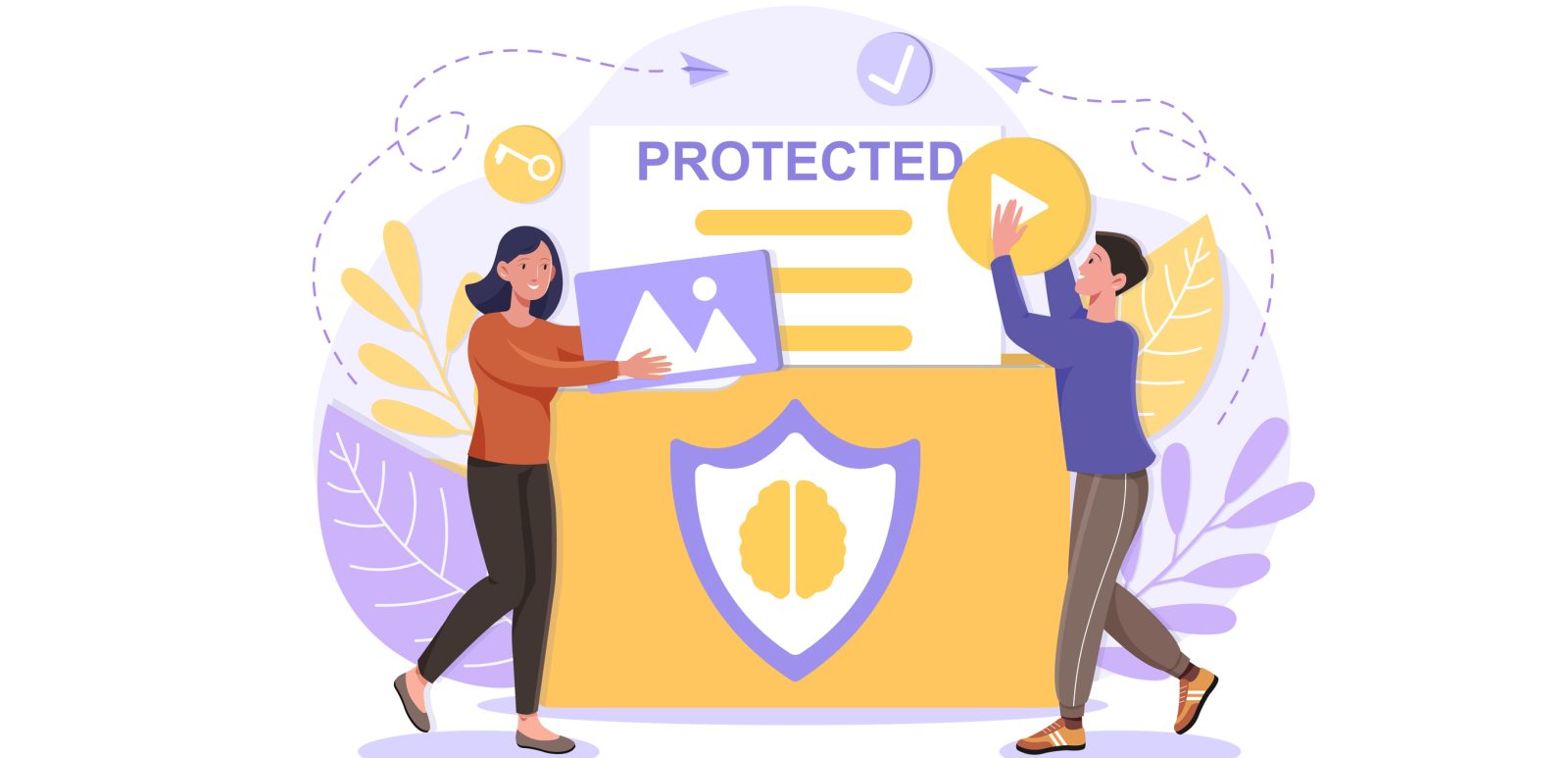Where copyright protection begins and ends
Employees consume and share copyrighted materials all day long. It’s just business. However, routine content exchanges such as sharing published reports, articles and other information found on the Web, have copyright implications, which can expose companies to a greater risk of infringement. While you may know the basics of copyright, your colleagues and staff may not.
What is copyright?
In the U.S., copyright is a form of protection provided by the government to the authors of “original works of authorship, including literary, dramatic, musical, artistic, and certain other intellectual works.” This protection is available to both published and unpublished works in the U.S., regardless of the nationality or domicile of the author. Copyright protection exists from the time the work is created in a fixed, tangible form of expression. The copyright in the work of authorship immediately becomes the property of the author who created the work. Here is a breakdown of where U.S. copyright law protection starts and ends:
Protected by Copyright:
- Literary works (not just The Grapes of Wrath or The Tipping Point, but all works expressed in writing both in print and digital form, however formally or informally recorded)
- Computer software (considered to be literary works)
- Pictorial, graphic, and sculptural works (e.g., paintings, drawings, carvings, photographs, clothing designs, textiles)
- Architectural works (e.g., buildings themselves as well as blueprints, drawings, diagrams, and models)
- Sound recordings (e.g., songs, music, spoken word, sounds, and other recordings)
- Audiovisual works (e.g., live action movies, animation, television programs, and videogames)
- Pantomimes and choreographic works (e.g., the art of imitating or acting out situations, and the composition of dance movements and patterns, including those accompanied by music)
- Dramatic works and accompanying music (e.g., plays and musicals)
Not Protected by Copyright:
- Works that have not been fixed in a tangible medium of expression (that is, not written, recorded, or captured electronically)
- Titles, names, short phrases and slogans; familiar symbols or designs; mere variations of typographic ornamentation, lettering or coloring; mere listings of ingredients or contents
- Ideas, procedures, methods, systems, processes, concepts, principles, discoveries, or devices, as distinguished from a description, explanation, or illustration
- Works consisting entirely of information that are natural or self-evident facts, containing no original authorship, such as the white pages of telephone books, standard calendars, height and weight charts, and tape measures and rulers
- Works created by the U.S. Government
- Works for which copyright has expired; works in the public domain
Understanding the extent to which materials are copyright protected can help you minimize the risk of infringement by well-intentioned employees. Make it easy for employees to get up-to-speed by checking out our Copyright Education programs.
This blog post is also available as a PDF. Access it here.
*Much of the information in this post was drawn from content posted on the website of the U.S. Copyright Office and is based on the U.S. Copyright Act of 1976. The information appears here in an edited form. For the complete, unedited text, visit: www.copyright.gov.


